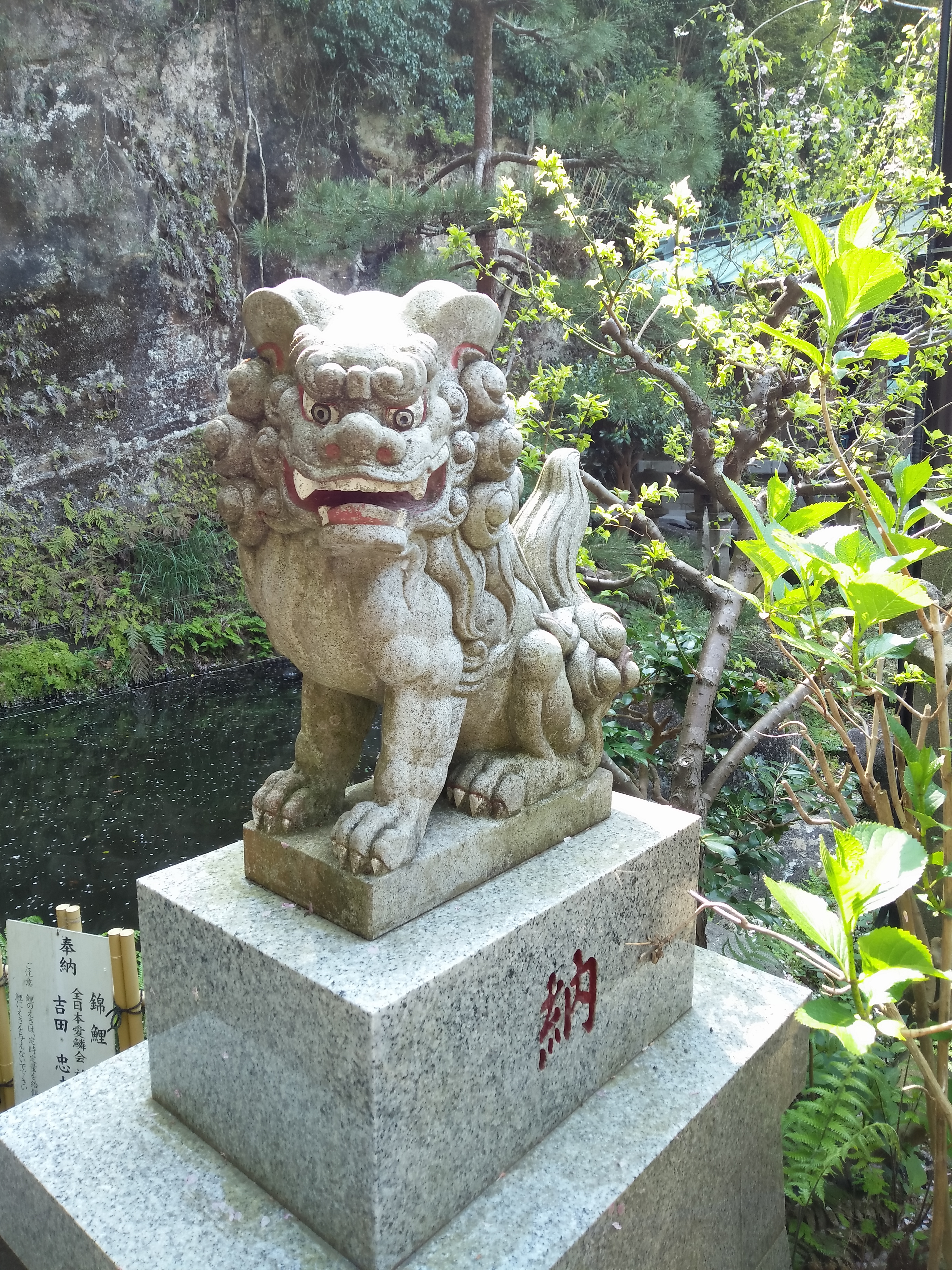Early wake up!
We have many things to do today!
But first, breakfast!
[wpvideo 4SEExczR]
Sara enjoyed a dragon fruit, while I ate a weird banana flavoured sweet we bought yesterday from AlfaMart (local market).
Checked out from our to-do list breakfast, we rode the scooter to the city center. Next stop was a music instrument shop where Sara wanted to buy a Hang.
Unfortunately the shop was closed and, despite we passed there also later, we found it closed again. So no Hang…
As it was still quite early we went to visit a temple inside Ubud we didn’t manage to visit the day before. This temple entrance is located next to the only Starbucks in the city, and they basically share the entrance… Weird.

Panorama of the temple entrance

Temple Gate (closed)
The temple was closed to visitors, like all the other temples here in Ubud. So annoying. So we just enjoyed the entrance, and went to grab a coffee in Starbucks.

Starbucks Breakfast!
After this we took back the scooter to the rental, got back our 500 thousand deposit, and walked to our villa where we were to meet with the owner for the checkout.
It took us 20 minutes, and Sara fell in love with a strange kind of Palm…

Palm Lover…
As we got home we found the owner already there cleaning the swimming pool, and found out he already called a taxy to take us to Lovina. Such a resourceful guy.
We shook hands and left with the taxi.
The driver was a nice guy, spoke a fairly understandable English, and had zero driving capability. I mean, he survived the previous years driving in Bali, and that is quite astonishing, but he didn’t like at all the 3rd and 5th gears. He just went from first, to second, then run like hell and changed in 4th, but not before passing with the stick on the 5th without leaving the clutch. I seriously had no idea what the hell was going on in his mind, but I was too scared to ask, despite every time he was doing that my heart was sinking a bit.
Somehow we reached the Danau Beratan lake, where the homonym Indu temple is based.

Pagodas on the water

Temple Gate
The entire temple area was crowded with tourists, despite the chill temperature (chill for Bali standards. It was no less than 21º).
In the temple we also found something made from the same matter as the nightmares are made, pointing at the exit…

Sponge Ducking Bob?
From here to Lovina it took us another hour, as we took a detour to see a waterfall but too late realised than Sara would not be able to walk the path to it.
With our super skilled driver behind the wheel,the road to Lovina was a nightmare. I almost vomited but tried to smile all the way to the destination to not seem rude.
As we arrived, we found out that we made a small mistake booking this room…
We booked an entire villa. 2 floors, kitchen, living room, 2 bedrooms, and toilet. Of course, swimming pool outside. Ops!
Unpacked our stuff we went to see the beach, 3 minutes walking from the house.

Black sand beach
The beach is paved by black sand, meaning it has volcanic origins.

Dolphin boats!
We also saw many boats probably used to go watch dolphins in the morning. We’re gonna use one of those the next day!

Swing on the beach
We also found a swing hanging from a three. Sara couldn’t resist and went playing.

Was it windy?
There was also a small wooden pier covered by bamboo arcs, which made it peculiar.
Hungry we searched for a place where to have lunch.
Warung Apple (not related to the money grabber pricks making electronics) looked perfect to have a late lunch.

Beer and juice
We ordered something to drink, beer for the man, juice for the lady,and waited for the food to appear!

Glass noodles with pork and chicken salad
We took booth appetizer and main course, staring with meat and then fish.

Grilled fish. Dayum!
Satisfied we went back home to rest a bit. Here Sara fell asleep, victim of the lunch.
3 hours later she woke up and we went out for a walk on the beach.

Late sunset on the Bali Sea
Unfortunately the sunset was already gone,but the sky was beautiful nonetheless.
Like nothing happened just a few hours before, we went looking for a restaurant to have dinner 🤣
We found the best candidate 50 meters from our home, the JB Warung Makan.
We tried not to over order this time. We didn’t manage thought…

Strawberry juice to start

Chicken in lemon grass and rice for Antonio

Chicken in some weird kind of sauce and veggies for Sara

Home made lemon cheesecake.
We left the restaurant totaled!
We aimed for the beach to have a walk, but ended up lying on the pier, looking at the southern hemisphere’s stars and constellations. It’s amazing how many stars are visible when there are no big cities close by.
Relaxed and in full digestive process, we walked back home to end the day.










































































































































































